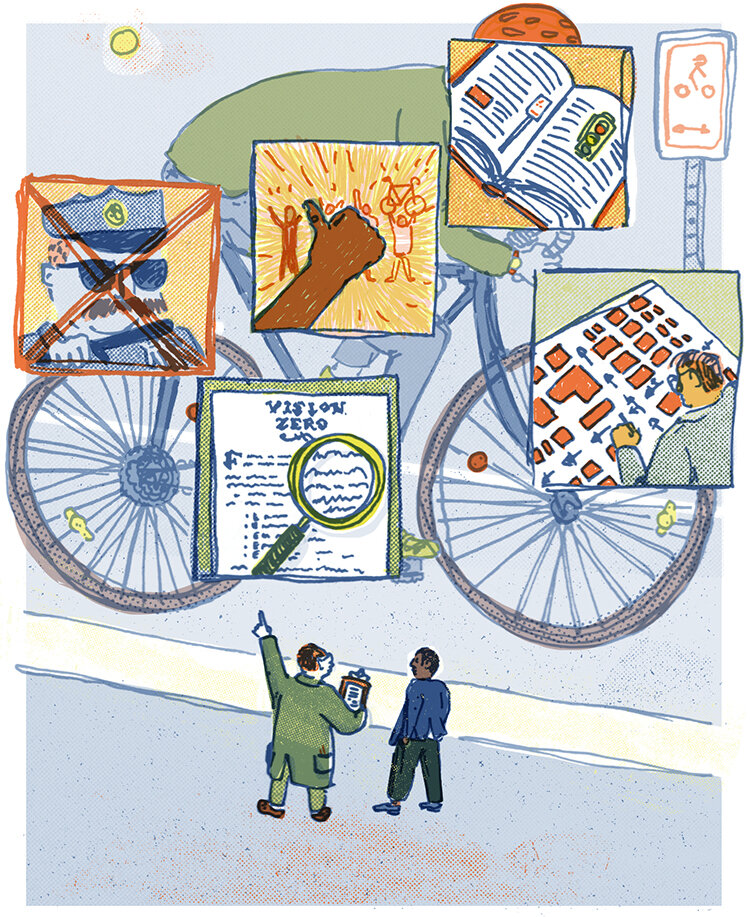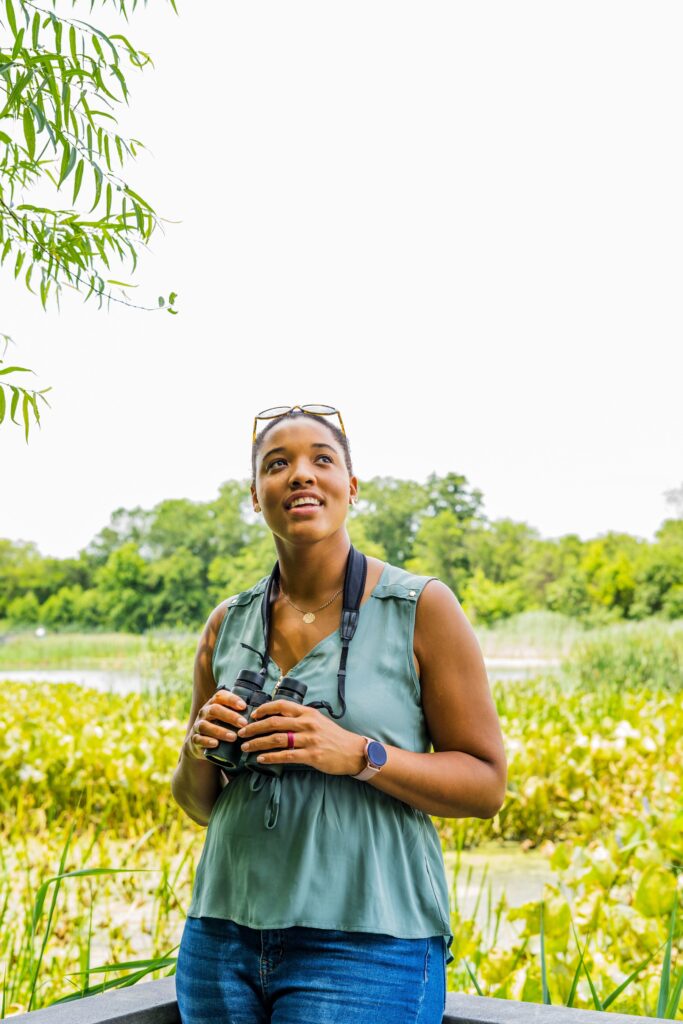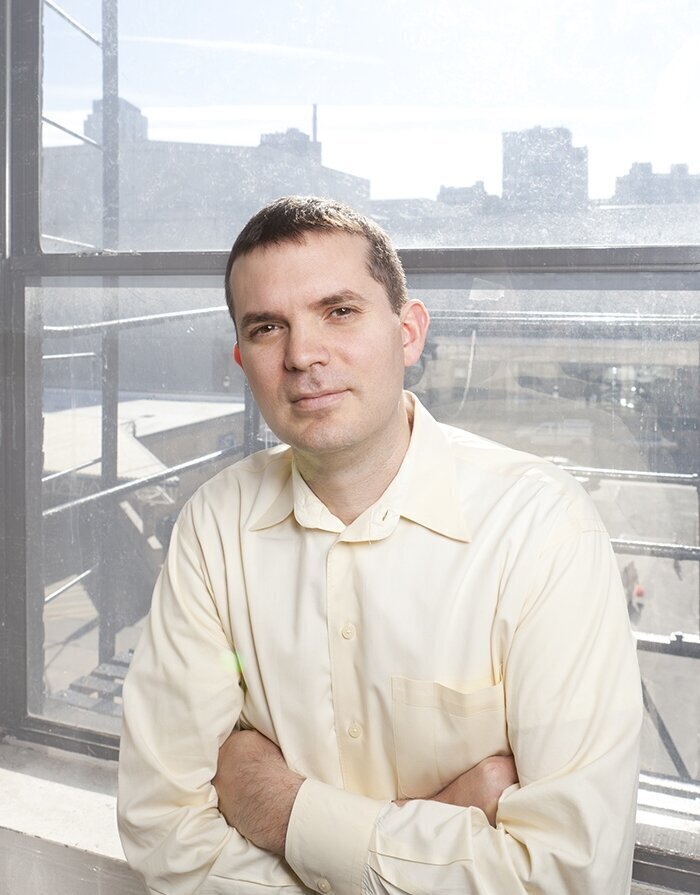For years, bicycle-advocacy organizations across the country and the world have supported a policy called Vision Zero as a push for safer streets for everyone. Emphasizing the five E’s of planning—engineering, education, encouragement, evaluation and enforcement—the Sweden-born safety policy has proven effective where implemented.
Utilizing police departments for the enforcement part of Vision Zero has always been the most controversial of the E’s, and many organizations that focus on safe streets, such as the Bicycle Coalition of Greater Philadelphia, have cautiously chalked up armed police enforcement as necessary to save lives.
But, as the Bicycle Coalition and traffic safety groups around the U.S. stated earlier this year, that embrace of enforcement was wrong. Armed, police-centered enforcement has no place in traffic safety policy, and will not lead to safer, healthier neighborhoods. It is past time to move beyond enforcement.
An alliance of organizations brought Vision Zero to the forefront of the
Philadelphia mayoral race in 2015. It was quickly embraced by all mayoral candidates running to replace then-Mayor Michael Nutter.
Jim Kenney subsequently won the Democratic primary, then the general election and, soon after, signed the city’s first-ever Vision Zero executive order, creating the Office of Complete Streets.
Still, Vision Zero in Philadelphia has been a slow-moving process; many of the proposed changes, like 30 miles of protected bike lanes, have yet to fully materialize.
As the program moved forward, it did not focus enough on the potential negative impacts that issues like traffic stops could have on Black and Brown Philadelphians. Instead, as an organization advocating for traffic safety, the Bicycle Coalition pushed forward. Many bicycle advocacy organizations have fallen into this trap, driving some leaders in our movement, like former Los Angeles County Bicycle Coalition executive director Tamika Butler, to call out the entire movement.

“Too often, advocates for Vision Zero stay focused on enforcement for safety and fail to acknowledge that enforcement is not safe for people of color; in fact, it too often results in death,” she noted in 2018.
Traffic stops that disproportionately target Black and Brown people are a problem in Philadelphia and around the country. Black people are three times more likely to be killed by police than white people.
Black neighborhoods are policed more frequently, and, as a consequence, Black Americans are stopped more often by police—on foot, in motor vehicles and on bicycles. More interactions with the police mean more chances for violence.
According to statistics from Open Data Philly, Black people represented a full 68 percent of all pedestrian and vehicle stops in Philadelphia since 2014, but they make up about 44 percent of the population as a whole. Even in majority-white neighborhoods like Fishtown and Northern Liberties (served by the 26th police district), Black drivers are stopped at almost four times the rate of white drivers and frisked more than twice as often, according to reporting by Billy Penn.
It stands to reason that Vision Zero can become an opportunity for discrimination if enforcement is part of the equation.
Broken-windows-theory-enforcement strategies that have been applied on behalf of Vision Zero elsewhere—like cracking down on not having a bike bell in Camden, New Jersey, or confiscating electric bikes from delivery cyclists in New York City—have led to negative interactions with police officers and disproportionately affected Black, Brown, Indigenous and immigrant communities.
Many of the worst crashes in Philadelphia are happening on poorly planned highways and pseudo-highways built during mid-20th century “urban renewal,” which, in addition to the danger they’ve caused road users, have contributed to further segregating our city.
Traffic violence is an engineering and equity problem. It’s not going to be solved with armed police enforcement.
Automated enforcement does a better job of deterring dangerous driving than armed, police-centered enforcement and, unlike human beings, it does not discriminate.
In testimony to Philadelphia City Council last year on the potential of bringing automated enforcement cameras to Roosevelt Boulevard, I spoke in favor of the program because enforcement cameras have been shown to reduce traffic deaths and serious injuries in places where they are installed. They additionally cut down on police-citizen interactions that could escalate and result in injury or death.
The problem with automated enforcement, though, is that it is not evenly distributed. Too often, automated enforcement, like speed cameras and red-light cameras, are designated to some of the most dangerous intersections and roads and act as Band-Aids that do nothing to solve larger, preexisting engineering problems.
Automated enforcement should be part of larger planning to remake streets.
Our role in making streets safer cannot amount to making them unsafe for certain communities. Policing and planning has historically been racist, and the fear of being unfairly targeted by the police has often been a silent barrier to people riding bicycles in cities. According to an article published by the Better Bike Share Partnership, researchers Charles Brown and James Sinclair found that one in five Black and Latino males they surveyed felt they had at some point been unfairly stopped by police.
“In the focus groups, Black residents in particular discussed police harassment as a barrier to bicycling,” note Brown and Stefani Cox in a Better Bike Share Partnership blog post. “For many, bicycling felt like an activity that simply makes one too vulnerable to be worth it. In fact, participants said that they routinely avoided certain towns and certain routes due to fear of police profiling.”
Vision Zero is supposed to look holistically at traffic patterns and engineering in part because bicyclists will not be safe if people walking and driving aren’t safe.
The same holds true for racial violence: If Black, Brown, Indigenous and immigrant communities are not safe to enjoy their communities and streets, no one is safe. If Vision Zero in Philadelphia utilizes police enforcement and fear over equity and engineering, we are simply replacing one type of violence with another.








